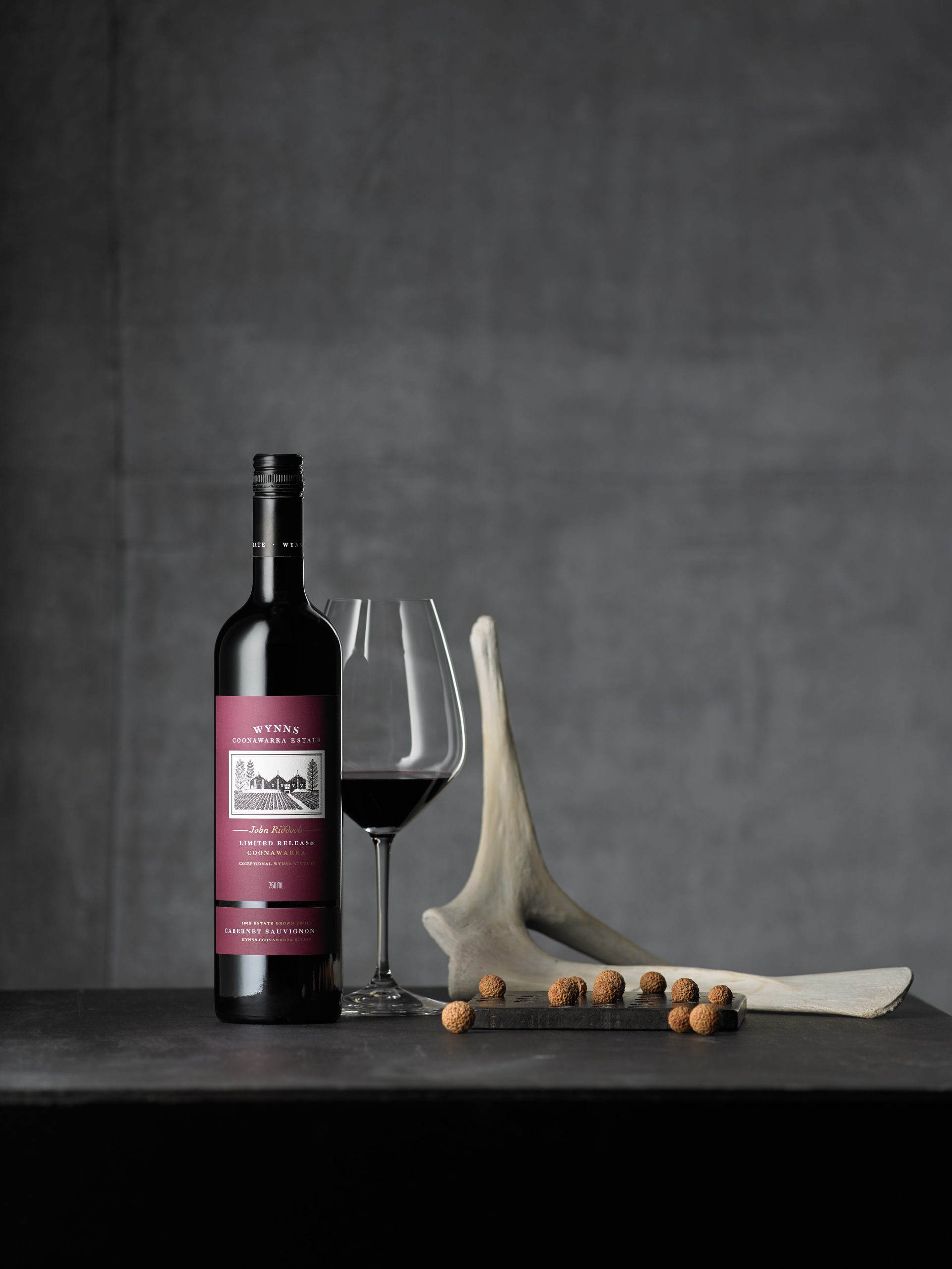Growth of US craft beer slows as ‘big beer’ snaps up brewers
The US craft beer industry added 1.4 million barrels to its production volume in 2016, growing the segment by 6%, despite losing 1.2 million barrels to ‘big beer’ producers that have snapped up numerous craft brewers throughout the year.
Releasing its 2016 date on the US craft brewing industry The Brewers Association (BA), which represents small and independent American craft brewers, confirmed that 5,301 breweries were in operation throughout the year, representing 12.3% of the US beer industry.
This represented a 16.6% growth from the 4,269 breweries recorded in 2015, with 826 new brewery openings and only 97 closings in 2016.
In 2016, US craft brewers produced 24.6 million barrels, and saw a 6% increase in volume, adding 1.4 million barrels to its production and outpacing the 1.2 million barrels lost from the craft segment following the purchase of several craft brewers by large brewing companies, with microbreweries and brewpubs delivering 90% of the craft brewer growth.
The year saw an unprecedented amount of craft beer company purchases by big brewers, as they work to keep a handle on the growing craft beer segment.
In the US AB InBev has bought Houston-based Karbach Brewing Company and Virginia-based Devils Backbone, following earlier purchases of Goose Island, Blue Point, Elysian and Golden Road, while MillerCoors bought a majority stake in Georgia’s Terrapin Beer Co. in July.
‘Competitive landscape’
Partner Content
Globally, AB InBev most recently snapped up London-based craft brewers Camden Town Brewery and Italian craft brewer Birra del Borgo.
By value, the US craft beer sector achieved a 10% rise, with its value estimated at $23.5 billion, representing 21.9% of the US beer market by value.
While the sector was able to maintain growth, despite the loss of many craft producers to big brewers, this growth has slowed compared to 2015, which saw volumes and values rise by 13% and 16% respectively, compared with 2016’s 6% and 10%.
“Small and independent brewers are operating in a new brewing reality still filled with opportunity, but within a much more competitive landscape,” said Bart Watson, chief economist at the Brewers Association.
“As the overall beer market remains static and the large global brewers lose volume, their strategy has been to focus on acquiring craft brewers. This has been a catalyst for slower growth for small and independent brewers and endangered consumer access to certain brands. Small and independent brewers were able to fill in the barrels lost to acquisitions and show steady growth but at a rate more reflective of today’s industry dynamics.
“The average brewer is getting smaller and growth is more diffuse within the craft category, with producers at the tail helping to drive growth for the overall segment.”




